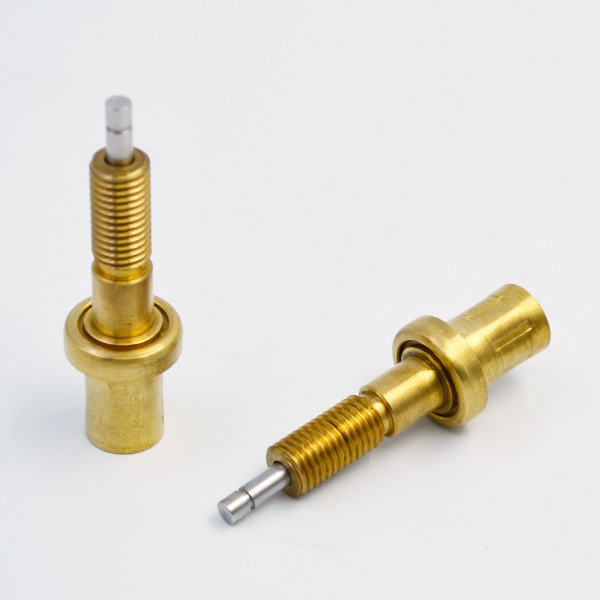Pressure pump and float ball magnetic level controller are commonly used in buildings. This paper describes the structure principle and application process of a pump control circuit and float ball magnetic level controller. The control of water pump includes single pump control scheme, two pumps stand by each other for direct input control scheme, two pumps stand by each other for direct input control scheme, larger pumps have step-down starting control scheme, etc.
Fig. 1 is a control scheme circuit in which two pumps are directly put in as standby. The working principle is as follows: when working normally, the power switch, the switch and the pump are all closed. They are universal switching switch series. They have 3 gears and 8 pairs of contacts, the handle is in the middle gear, and 11-12, 19-20 pairs of contacts are closed. They are manual operation buttons. The pump is not controlled by the water level controller. When the water level is low (feed pump), the buoy magnet corresponds to the left 45 degrees, 15-16, 7-8, 9-103 pairs of contacts are closed, 1 # pump is the common unit and 2 # pump is the standby unit.
When the water level is low (feed pump), the middle relay coil of the water level signal circuit is energized, and its contacts are usually opened and closed. One pair is used for self-locking, and the other pair is used for electrifying the contactor. 1 # Pump is put into operation to supply pressurized water. When the buoy leaves, it is disconnected.
When the water level reaches a high level, the buoy magnet makes the operation, power loss, and pump stop running. If 1 # pump is overloaded or the contactor accepts no action when it is put into operation, the time relay and alarm bell will be energized for a long time, thermostatic element the alarm bell will ring, and the delay of 5 to 10 seconds will make the intermediate relay energized. After the contactor KM2 is energized, the 2 # pump will be put into operation automatically and lose power at the same time. When the handle is pulled to the right 45 degrees, 5-6, 1-2, 3-43 pairs of contacts are closed, 2 # pump is automatic and 1 # pump is standby.
Its working principle can be analyzed by itself. Figure 2 shows the shape and structure of the floating ball, which is mainly composed of engineering plastic floating ball, external conductor and switch device sealed in the floating ball. The switch device consists of a reed, a magnetic ring and a hammer. During manufacture, the installation position of the magnetic ring deviates from the center of the reed, and its thickness is less than the length of a reed, so the magnetic ring almost passes through the single reed.
There is no suction between the two reeds, and the contact of the reed is disconnected. When the hammer is close to the magnetic ring, the thickness of the magnetic ring increases, and the two reeds are magnetized to attract each other and the contacts are closed.

The installation schematic diagram is shown in Fig.
3. When the liquid level is lower, the float ball is positioned (in the direction of Fig. 3). The dynamic hammer is positioned at the lower part of the float ball by its weight, and the dry spring contacts are disconnected. During the rising process of liquid level, the float ball keeps positioned basically because the moving hammer is at the bottom and the center of gravity is at the bottom.
When the liquid level is close to the upper limit, the float ball is gradually inclined because the supporting point and the wire pull it. When the float ball just exceeds the horizontal measuring position, the dynamic hammer in the float ball slides downward by its weight to make the centre of gravity of the float ball on the top, flip over and invert rapidly, so that the contact of the reed tube is sucked in. When the liquid level drops to near the lower limit, the float ball flips back again. In practical application, several float magnetic switches can be set on different liquid levels, and the liquid level signals are given to control and monitor the liquid level.
Fig. 4 is a signal circuit of single ball feed water level. When the water level is low, the float ball is positioned, the hammer is in the lower part, and the contact of the reed pipe is disconnected. However, the pump needs to be started, and the normal opening is converted to the closed contact through an intermediate relay to send out the start signal of the pump. When the water level reaches a high level, the float ball is inverted, the moving hammer slides down to suck the dry spring contacts together, which makes the power on and sends out the stop signal until the water level returns to a low level, the float ball flips over, opens and sends out the start signal.
